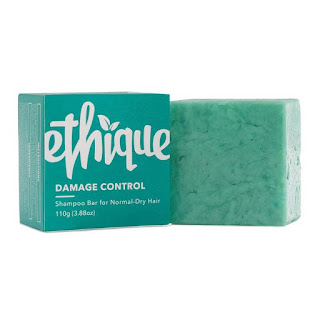Calendula
Little suns, pure joy, in all their shades from deep orange to pale yellow.
Plant Information
Calendula (/kəˈlɛndjuːlə/),[1] is a genus of about 15–20 species of annual and perennial herbaceous plants in the daisy family Asteraceae that are often known as marigolds.:771 They are native to southwestern Asia, western Europe, Macaronesia, and the Mediterranean. Other plants are also known as marigolds, such as corn marigold, desert marigold, marsh marigold, and plants of the genus Tagetes. The genus name Calendula is a modern Latin diminutive of calendae, meaning "little calendar", "little clock" or possibly "little weather-glass". The common name "marigold" refers to the Virgin Mary. The most commonly cultivated and used member of the genus is the pot marigold (Calendula officinalis). Popular herbal and cosmetic products named 'calendula' invariably derive from C. officinalis.
Medical
Calendula flower is used to prevent muscle spasms, start menstrual periods, and reduce fever. It is also used for treating sore throat and mouth, menstrual cramps, cancer, and stomach and duodenal ulcers. Calendula has also been used for measles, smallpox, and jaundice. (1)
Calendula is applied to the skin to reduce pain and swelling (inflammation) and to treat poorly healing wounds and leg ulcers. It is also applied to the skin (used topically) for nosebleeds, varicose veins, hemorrhoids, inflammation of the rectum (proctitis), ear infection, gum disease, peeling lips (exfoliative cheilitis), diaper rash, vaginal yeast infection, and inflammation of the lining of the eyelid (conjunctivitis). Essential oil of calendula has been used as an insect repellant. (1)
Calendula oil is still used medicinally. The oil of C. officinalis is used as an anti-inflammatory and a remedy for healing wounds.(2)
Plant pharmacological studies have suggested that Calendula extracts have antiviral, antigenotoxic, and anti-inflammatory properties in vitro. In herbalism, Calendula in suspension or in tincture is used topically for treating acne, reducing inflammation, controlling bleeding, and soothing irritated tissue. Limited evidence indicates Calendula cream or ointment is effective in treating radiation dermatitis. Topical application of C. officinalis ointment has helped to prevent dermatitis and pain; thus reducing the incidence rate of skipped radiation treatments in randomized trials.(2)
Side Effects, Safety, & Interactions
Allergy to ragweed and related plants: Calendula may cause an allergic reaction in people who are sensitive to the Asteraceae/Compositae family. Members of this family include ragweed, chrysanthemums, marigolds, daisies, and many others. If you have allergies, be sure to check with your healthcare provider before taking calendula. (1)
Surgery: Calendula might cause too much drowsiness if combined with medications used during and after surgery. Stop taking calendula at least 2 weeks before a scheduled surgery. (1)
Sedative medications (CNS depressants) interacts with CALENDULA Calendula might cause sleepiness and drowsiness. Medications that cause sleepiness are called sedatives. Taking calendula along with sedative medications might cause too much sleepiness.<br /><br /> Some sedative medications include clonazepam (Klonopin), lorazepam (Ativan), phenobarbital (Donnatal), zolpidem (Ambien), and others.
Magical
Marigold is associated with the Sun (3) and fire (4)
Calendula symbolizes love and constancy and is great for wedding bouquets and decorations. It is the traditional "he loves me, he loves me not" flower and is useful for love potions. (3)
Wreaths of marigold hung over a door are said to keep evil and negativity from entering. (3)
Dried petals can be strewn to consecrate an area or burned in consecration incense. They are also a good addition to dream pillows. (3)

Comments
Post a Comment